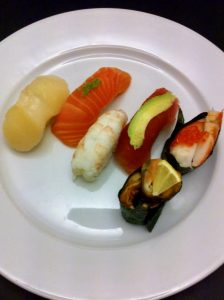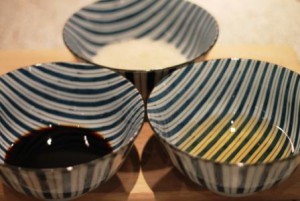
In Japan, it is not a specific group of people who eat Onigiri.
These are people of all ages. Onigiri is a regular part of the Japanese lunch. Onigiri was invented several hundred years ago, and has been quite popular ever since. And there are several reasons for that.
Onigiri is very easy to take on the go. The ingredients used to make onigiri can last for several hours. It won’t be boring like a sandwich.
Onigiri often consists of 3 ingredients and the 3 ingredients encompass the entire food pyramid. With very few ingredients you can have a healthy and nutritious meal.
Onigiri is very popular among students. For very little money, you can have a tasty meal that will keep you full for many hours.
Read more about the mini ebook: 5 healthy Japanese onigiri for one, price 60 DKK
_
Zoë has lectured and held sushi courses for A. P. Moller – Maersk, Hugo Boss Nordic, Novo Nordisk, Novartis, Velux, Gorrissen Federspiel, Beierholm revision, Elbek & Vejrup and many more.







